The fateful night of 16th December, 2012, a horrific event conspired on the streets of Munirka, in the South District of the national capital of India; an event that sent shock waves, breaking the stupor of a nation that was until then, more or less oblivious to the ghastly truth and the sad state of affairs of the nation with respect to women’s safety. More than that, it brought to fore a sickeningly regressive state of mind, both of a vast majority of the general public, and even some of our venerated leaders and policy makers, one that screams of archaic patriarchal mindsets in blaming the victim, partially or completely for the unspeakable act of rape and violation. The case that I am talking about, of course, is the Nirbhaya case, the bare mention of which sends shudders across my body. The event received widespread media coverage, both from Indian and International media outlets and led to widespread public outrage for the betterment of women’s rights and laws against rape in the country.
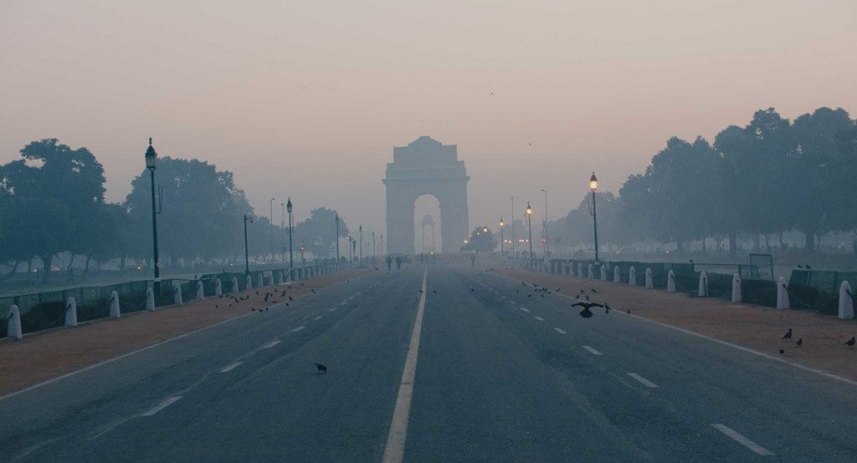
Infamously so, my city is labelled, and not completely incorrectly either, the rape capital of the world. Not India, but the world; not just the implementation of the act, but the heinous extent of it, the sheer inhumanity, is what cemented that title. Netflix’s new original, ‘Delhi Crime’, is an account of the horrific true account of that night, the public’s reaction to it, and the police procedural that accompanied it that led to the capturing of all the accused. I must admit that it was a rather harrowing watch, but the series admirably steered away from a lot that has already been documented about this widely reported about case. Saving my final verdict for the end of the article, we would now like to detail what the series is about, the ghastly true story behind it, and how or whether it succeeds in doing what it set out to do. Read on.
What is it About?
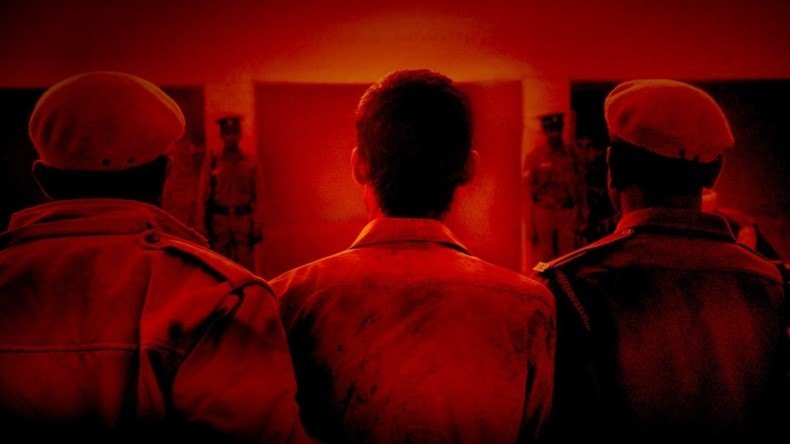
As described in the introductory paragraph, ‘Delhi Crime’, ironic enough with its two titular words being rather synonymous with each other, is partially an account of the real life rape case of a 23-year-old resident of Delhi city, and simultaneously a police procedural, one that details out what the Delhi Police went through in nabbing the criminals and bringing them to justice. Owing to the rather inherent nature of the latter, the series also takes a look at the role of the media in wrongfully sensationalizing the news, or the lack of it, that ultimately could have hindered the investigation, the public outrage, and the role of the government, both the chief minister’s office and the central government with respect to the stakes involved. While the documentation of the case itself is limited only to the first episode, the majority of the series looks at the investigation of the crime and the relentless chase of the accused over a period just short of one week from the act committed, panning out across seven episodes, each about an hour long.
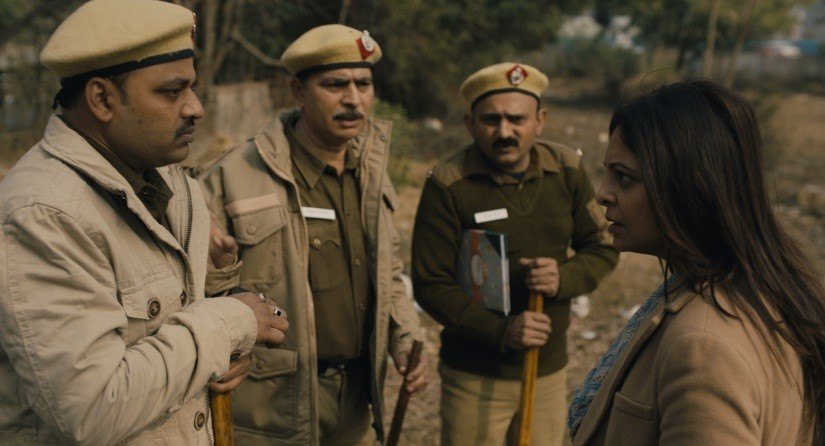
The series begins with the first responder on scene: a police constable rushing to the site of the crime, near the Mahipalpur flyover, after responding to a call from an NHAI vehicle passing by. Upon reaching there, he disperses the crowd, quickly wraps up the victims laying naked on the side of the road, the girl brutally wounded, and rushes them to the nearby Safdarjung Hospital for treatment. While all major officers are summoned to the hospital in the middle of the night, the tension surrounding the case indicating that something major had happened is well portrayed through its effective use of a minimal background score and a well rounded up impressive cast of actors.
However, more on that later. The episode then reveals what led the victims to that state in flashback, before returning to the present when DCP Vartika Chaturvedi, played by a steely Shefali Shah, takes matters into her own hands. In flashback, we see the two victims of the crime exiting the Metropolitan Mall in Saket, Delhi, after watching a film together, and failing to secure a means of conveyance to Dwarka, their place of residence, agree to an auto plyer’s offer of dropping them at the Munirka bus station, from whereon they could take a bus to Dwarka as suggested by him. While at the station, it is shown that the male victim (fictionally named Akash in the series) refuses to enter a public bus run by the Delhi Transport Corporation, instead choosing to travel in a private bus that stops shortly after, which was presumably because he intended to get physical with his girlfriend, the female victim of the crime (fictionally named Deepika in the series).
While it is a highly objectionable claim, one against which marginal proofs exist, but no concrete evidence, one may choose to laud the series for having an undeterred voice at least. What conspired for the next 45 minutes in the moving bus is what would in the days to come, shock the world. The six men on the bus commit the unpardonable act of rape on her, taking turns assaulting her sexually and physically, the details of which are too ghastly to discuss in an article of this nature. Director Richie Mehta commendably refrains from showing any recreated footage of the criminal act itself, wanting “not to cross that line into exploitation”, but the images of the victim in the aftermath that the show displays are deeply harrowing in nature, enough to rile up your core with anger on the atrocities that Deepika, and in reality, Nirbhaya endured.
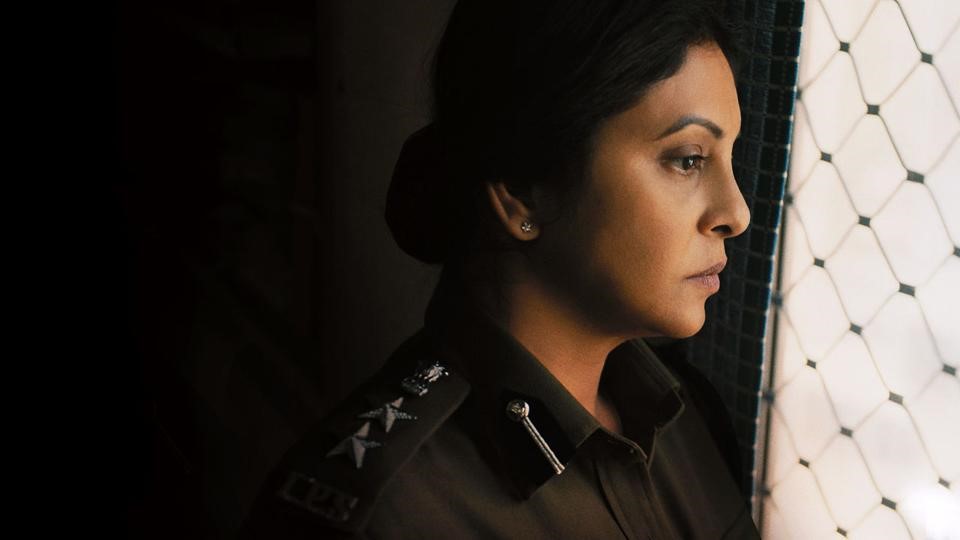
With the victim admitted and in sensitive care owing to the damages her internal organs had suffered, the Delhi Police, headed by the DCP of the South District of the city who assembles a special investigative unit to oversee the procedural investigation herself begins a manhunt for the six perpetrators based on initial inputs from the male victim. Compiling information from the CCTV cameras of the hotels facing the road, previous complaints of notoriety of a similar nature along the same route, tapping out cellphones and verbal investigation and questioning of possible suspects, the first accused, the missing driver of the bus (fictionally named Jai Singh in the series) is caught, and his dead pan, soul piercing confession reveals him to be the main perpetrator of the act, also revealing a possibly volatile state of mind. While he is caught within 24 hours of the crime being committed, two of the other assailants trying to flee, fictionally named Brajesh and Vikas, are caught on the night of the second day on the basis of information from Jai Singh near their respective places of residence.
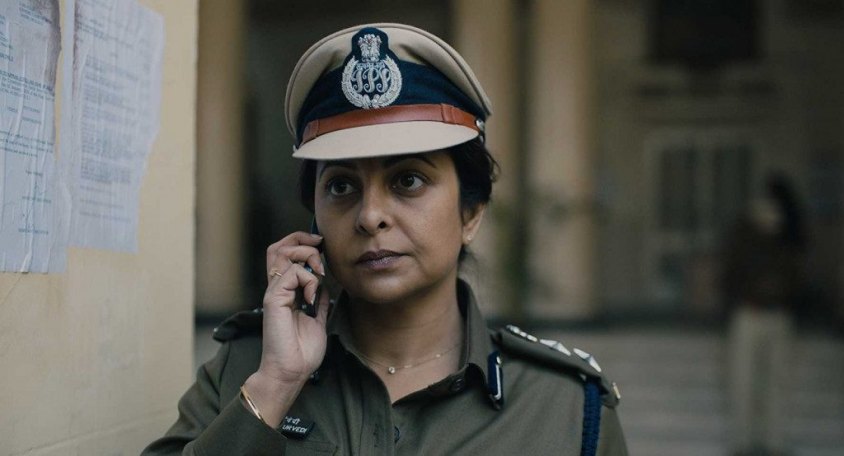
The investigation also admirably focuses on the clerical part of it apart from the racy groundwork that shows our cops in action on ground, interrogating and chasing criminals through the streets. There is also a lot of time spent on strategizing, planning, filing reports, forensic examinations, addressing the press, logging of activities, and a procedurally correct collection of samples and evidence among a host of other duties, which is what makes ‘Delhi Crime’ succeed as a series with something different to say on a well-documented series of events.
As the series progresses, the fourth accused, fictionally named Amar Singh, brother of Jai Singh, is captured from Karnaul in Rajasthan, where he was seeking refuge at their parents’ house. The remaining two, however, fictionally named Sonu, a minor, and Alok Kumar, test out the Delhi Police’s patience as they seem to be ever elusive and on the move. Two separate teams are dispatched to capture them and keep a close eye on any movements as pressure mounts on the department and the government amid rising number of protests outside the hospital, police stations and at Raisina Hill outside the president’s estate and India Gate, with the public unrest targeted at the Police’s alleged incompetence in handling the case and nabbing the accused in a classic “everybody looking for someone to hold accountable” kind of scenario; a commonality for films and series of this nature.
Following a two-day stake out of the Anand Vihar ISBT, and a couple of close calls and relentless interrogations to no avail, the juvenile accused is finally caught after he is identified by one of the people hawking there. The last of the lot, accused Alok Kumar (fictionally named) is nabbed from Aurangabad from his family home after a team spends days altogether in his search deep in the Naxalite affected areas of Bihar and Jharkhand. The five day manhunt is then deemed successful as the Delhi Police captures all six of the assailants amid mounting pressure and difficulty, and a magistrate recording the heartbreaking statement of the victim that she deems is enough to hold the accused guilty in a court of law.
The Ending
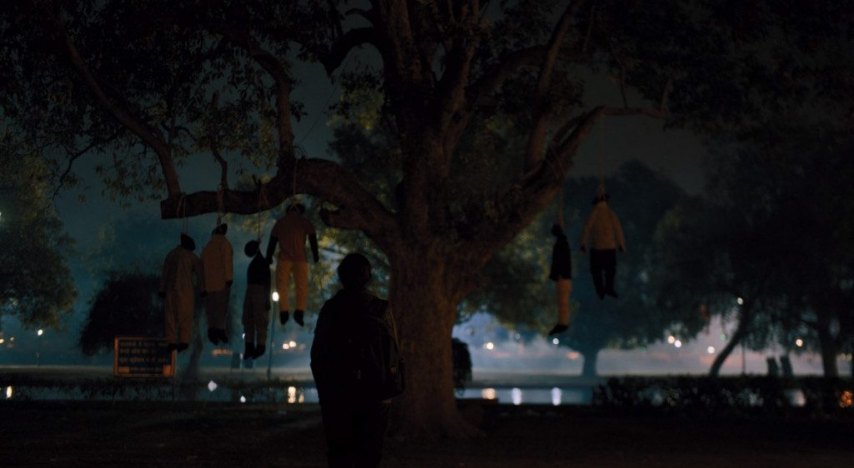
While the final episode ends on an almost celebratory note with the Delhi Police succeeding in nabbing all six of the accused and being able to present them in a court of law, and the weary officers finally getting to return home, the ending of the series is anything but. Here is a keen observation: it is almost a template now for films or series of this nature to have a young trainee or officer, exceptionally bright for the age and holding the protagonist or the lead investigator in high regard; one who is also dismayed and seems to have lost faith in the system following the rather taxing series of events, while the senior then gives a pep talk. It is exactly this template that comes into play here, as the endearing IPS trainee Neeti (Rasika Dugal) has a small chat with DCP Vartika Chaturvedi near India Gate as the team gathers shortly to have an ice cream to laud themselves for their efforts in the investigation.
The two have a frank discussion, as Neeti questions as to how they could celebrate the capture of the assailants while the victim was still fighting for her life, also given the grave extent of the incident. In response, Vartika tells her of a recent gang rape incident in the city that slipped the media’s and general public’s attention, one where the victim was violated using a broken beer bottle, following which she immediately succumbed while her assailants were caught shortly after. She ends stating that it would be meaningless to ascribe meaning to all this.
While they are talking, Bhupender Singh emerges from the background to break the news of the prime accused, Jai Singh’s death by apparent suicide in Tihar Jail. As the two rush to investigate, Neeti turn to look at a tree with puppets hanging by the neck from its branches: a powerful, powerful visual, no doubt put up by the protestors demanding death penalty for rapists. The series ends with some facts that are hard to stomach, to this day, including four of the accused being on death row for the crime, the juvenile serving detention in a facility for three years and being released, the male victim testifying on television in an interview, the death of Nirbhaya who succumbed to her injuries and inhuman assault after a 14 day long battle and finally, Nirbhaya’s “legacy” living on.
Aftermath
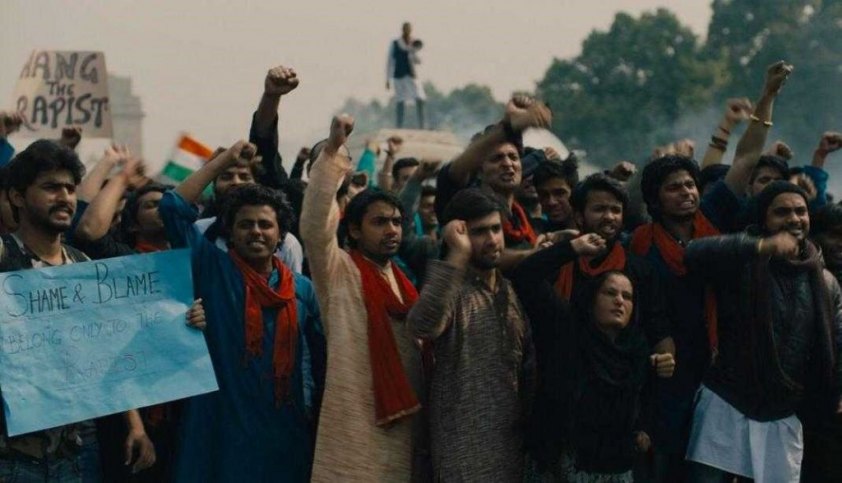
In the wake of the horrific event and Nirbhaya’s death, the massive media and public outrage over the government’s and law enforcement’s perceivable inability to provide sufficient safety to the women in the streets of the national capital, a number of stricter and harsher laws against rape and sexual assault were brought into effect, one of them being a mandatory minimum 20-year sentence to those accused of gang rape, and the setting up of six fast track courts to dispense swift justice to rape victims. The case quickly became a landmark in the history of the city, following which other tangible changes including increase in the number of ”reported” crimes against women, implying that the case had given more victims a voice and courage to seek justice, and increase in the social discussion around such cases, a welcome change from the taboo over such topics.
While we are still far from achieving social order and justice for thousands of victims before Nirbhaya, the case serves as a stern reminder of not only the sad state of affairs with respect to women’s safety, but of the serious lapse in the upbringing of our children, reflective in their attitude towards women. As is rightly said, teach your sons to behave rather than teaching your daughters how to dress or not to go out late. THAT is Nirbhaya’s legacy the show’s ending talks about.
The Validity of Claims
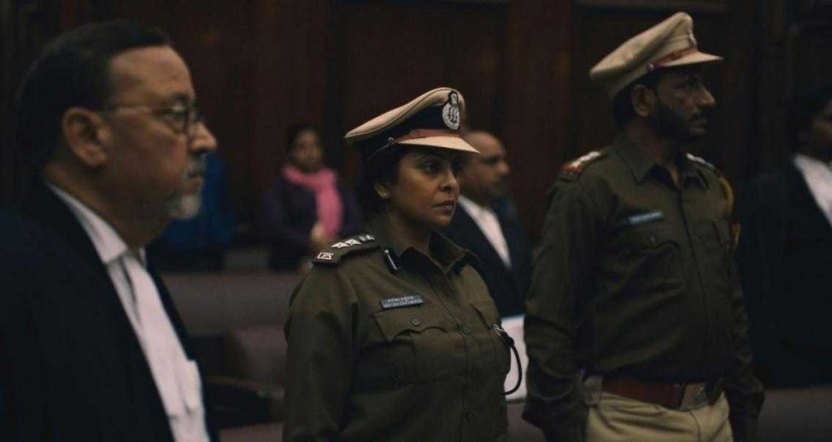
Scrutinising the show with a more critical lens, I am pretty sure that a section of the viewers would agree with me when I say that ‘Delhi Crime’, while being an excellently structured procedural and investigative docu-series, would appear to be a little inclined towards valorising the efforts of the Delhi Police rather than presenting a more honest picture. That is in no way trying to undermine the efforts of the force in bringing to justice the perpetrators, but a more well-rounded view could have further helped the show’s credibility.
Take this into account: the bus that was the site of the crime had earlier picked up a carpenter, and the six men who would later go on to commit the heinous crime had dumped the man near the IIT flyover after robbing him of his possessions. When the man wished to lodge a complaint against three police constables passing by, they refused citing that the case would belong to the Vasant Vihar police station, and that they couldn’t act since it wouldn’t have been under their purview. Minutes later, the same bus picked up Nirbhaya and the male victim, and the rest of what happened needs no retelling.
The same incident is also a part of the show’s narrative at one point, with the victim of the robbery reporting the crime to our team of investigating officers, but the show takes a clear stand in stating that nothing could have been done to avoid what happened. The three constables were later suspended for a lapse in performing their duties. Whether what conspired was as stated or the constables ended up being scapegoated in the tough scenario is not definitely known.
The second avenue where I would land my line of scrutiny with respect to the show is its portrayal of the much publicized protest that turned into a violent outbreak and clash with the police. This coming from a first-hand account, it is still not clear if the peaceful protests took a turn due to being hijacked by some hooligans or if indeed excessive force was used to disperse an unassuming crowd demanding answers and accountability, something that the government had repeatedly failed to provide at the time. Contradictory accounts exist for both, prompting dialogue and discussion while the show clearly sides with the Delhi Police on this one, which is a respectable decision on the part of the makers, but again, a little subjectivity would have given the viewers more food for thought on the induced perils of such a situation that was alarming at a national level.
Final Word
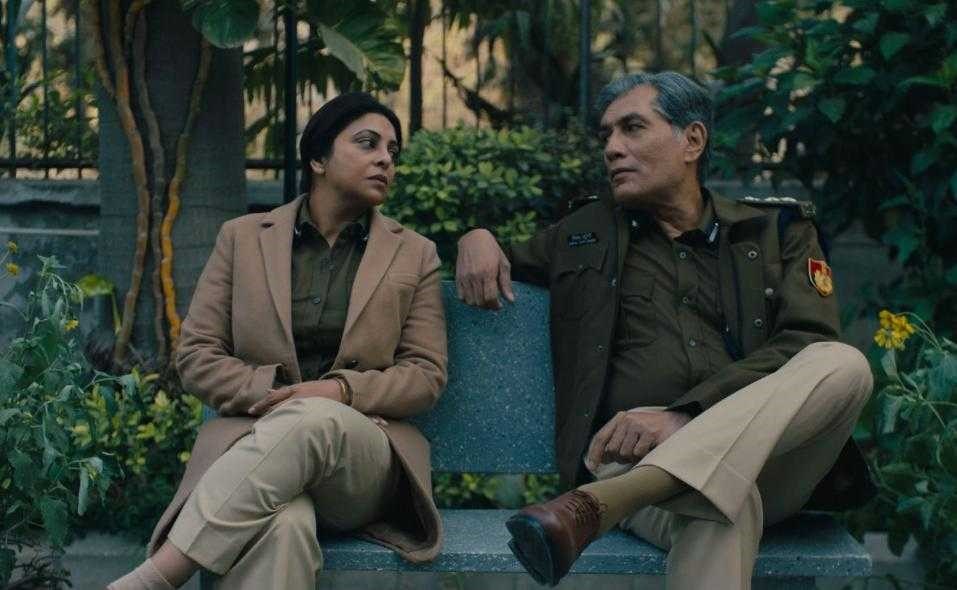
There is absolutely no denying that ‘Delhi Crime’ is a worthy watch. It is consistently well made, informative by the sheer virtue of the happenings it documents, and commendably sensitive in showing the victim’s side and her suffering, a part that was admittedly difficult to sit through but warranted nonetheless for the intended impact. The ending especially, as explained, has my deep appreciation in not letting the seriousness of the matter being lost in celebratory jargon.
The performances especially form a big part of what makes this show a credible and engaging watch, especially those of Shefali Shah, who has incredible diction, command and body language and owns the part, and Rajesh Tailang, her trusted comrade. The writers also imbue almost all the investigating officers, close to a dozen, with at least one distinguished characteristic, or a charming conversation through the course of the series, or well panned out backstories for the main players. Commendable, given the size of the cast and how much at ease you feel with these characters just into the first episode.
Along with several of its other Indian docu-series competitors that are clunky efforts at best, Netflix’s latest is commendably well made, both in terms of craft and narrative, and apart from questioning the validity of a few claims the series dares to voice, there is little that I could find that did not stick with me. ‘Delhi Crime’ is intended to be an anthology series that is touted to return with another season detailing another crime. We are more than game for it if the same teams of actors, writers and technicians are on board; they are that good.
Read More in Explainers: 13 Reasons Why | True Detective | Sacred Games

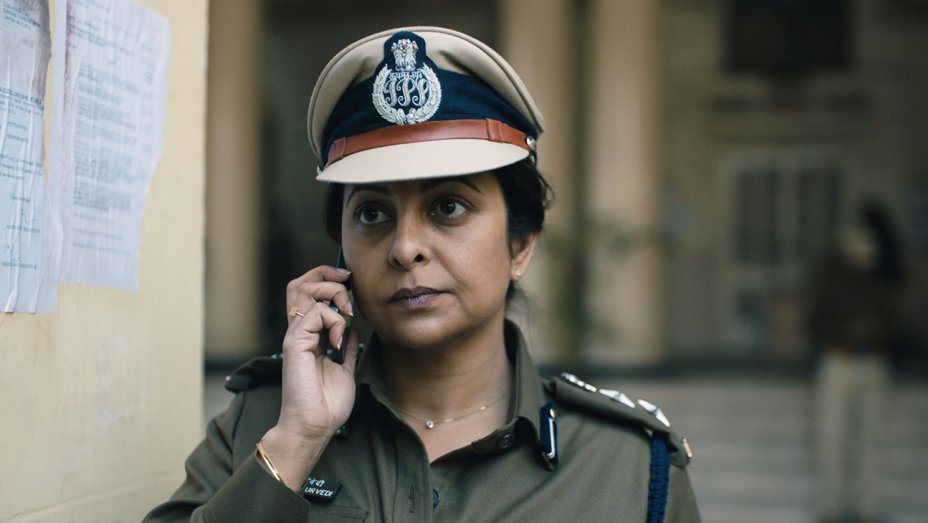
You must be logged in to post a comment.